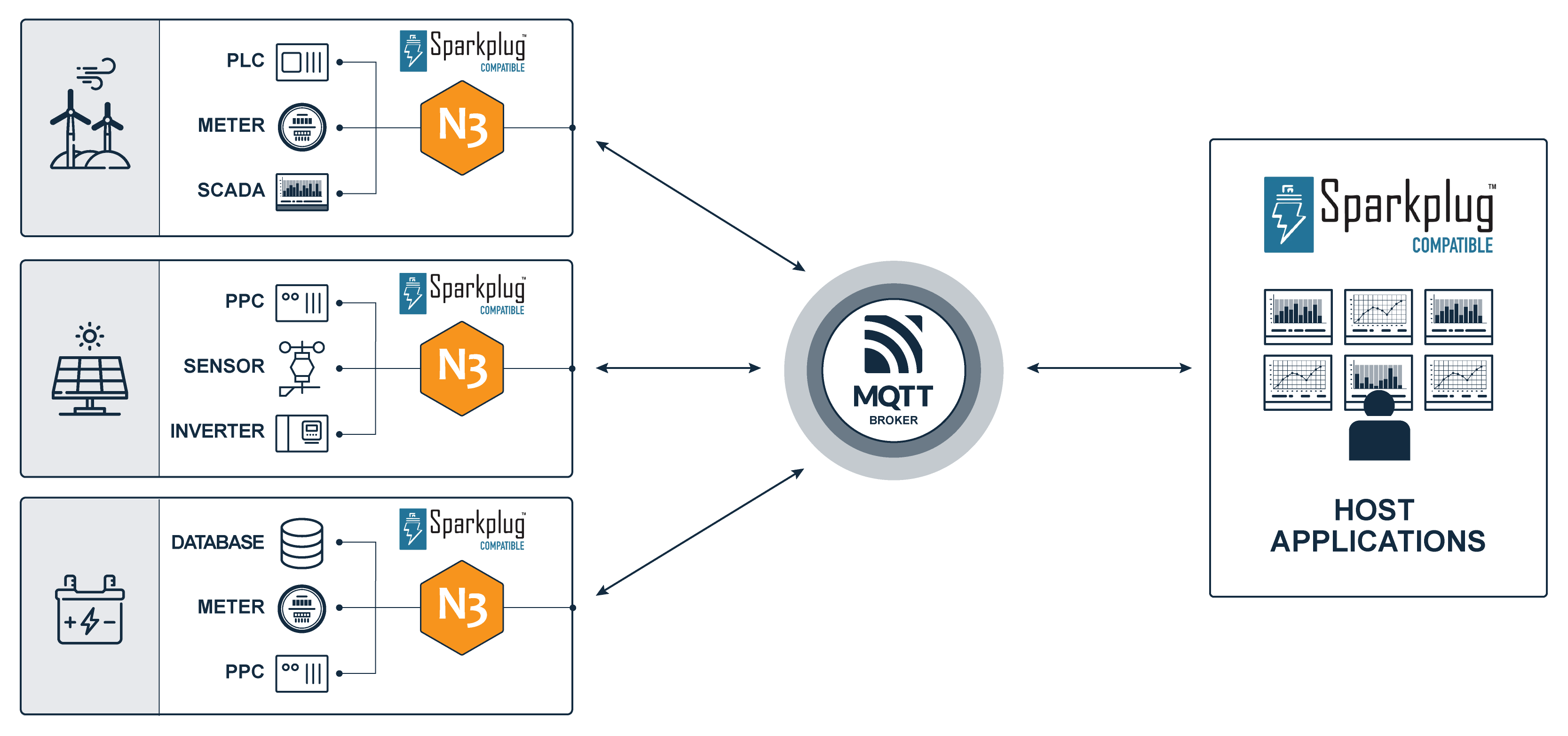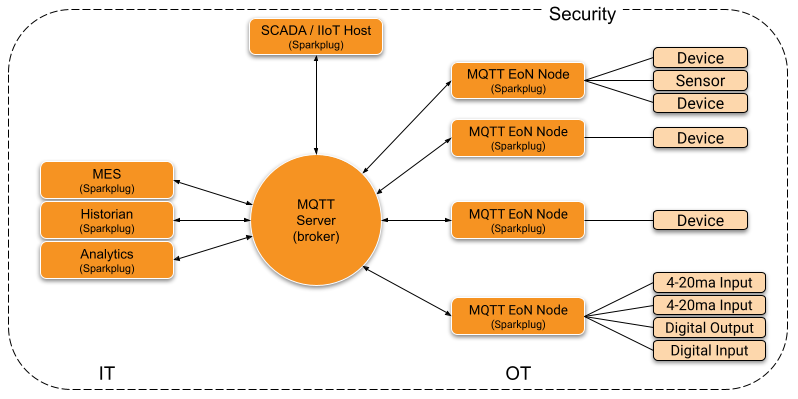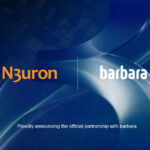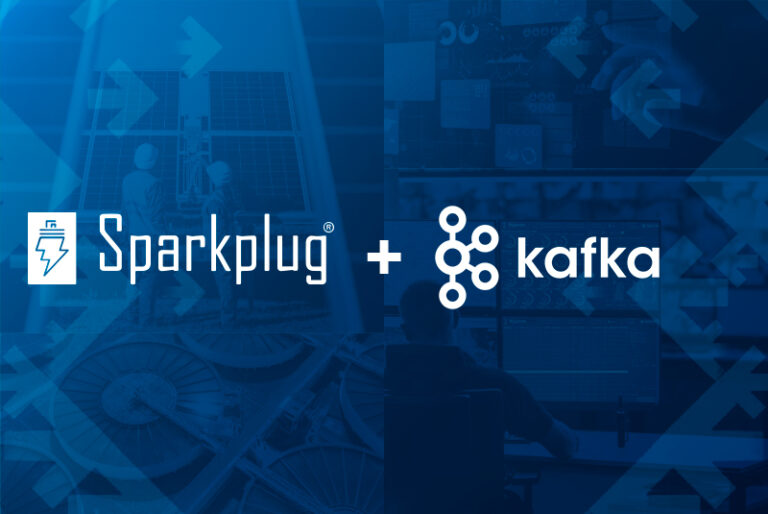RESOURCES / ARTICLES
Why MQTT Sparkplug Boosts Rapid, Scalable IIoT Deployment
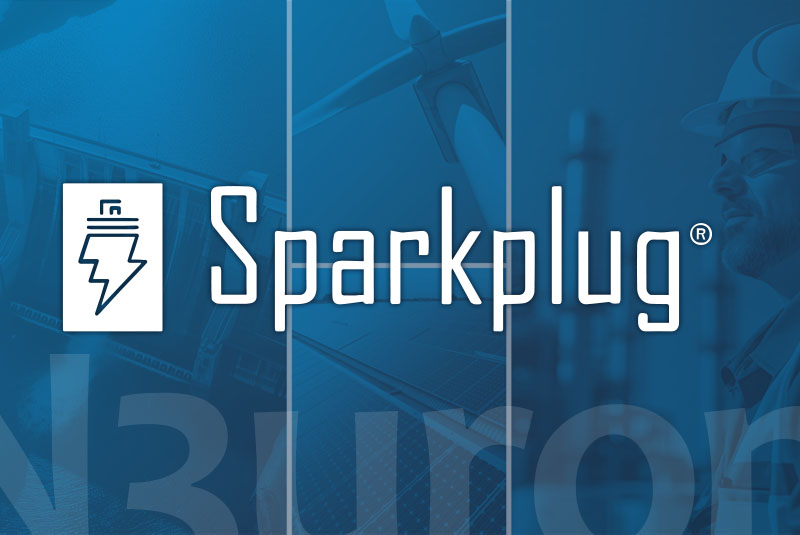
MQTT Sparkplug: The New Plug-and-Play Standard for IIoT
Why is the open-source MQTT Sparkplug® specification increasingly adopted for Industrial Internet of Things (IIoT) deployments? What IIoT challenges does it solve, and what industrial use cases benefit from its advantages? Read on for the answers.
Picture a system where every asset, whether in a single facility or distributed across multiple remote sites, can act as a singular, reliable source of its data. Envision every authorized user in your organization having immediate, self-discoverable access to this data, driving insights and fostering innovation. This is the transformative promise of MQTT Sparkplug.
As industrial organizations start their digital transformation journey, they face the challenge of introducing tools and strategies that facilitate seamless data integration, contextualization, and governance across multiple systems and platforms, including cloud services — thus bridging the gap between Information Technology (IT) and Operational Technology (OT) systems.
Interoperability — making MQTT-based infrastructure interoperable — is why the Eclipse Foundation hosted MQTT Sparkplug and why it is increasingly adopted by the energy, oil and gas, manufacturing, automotive, and supply chain & logistics industries.
Let’s start by defining this open standard, then cover its advantages, some IIoT use cases where it offers real-world benefits, and how to deploy plug-and-play IIoT architectures.
What is the MQTT Sparkplug Specification?
Built on top of MQTT, Sparkplug (also known as Sparkplug B) is an open-source software specification designed to promote interoperability and compatibility among MQTT-enabled devices and applications. Sparkplug provides operational technology (OT) with context and seamless integration with information technology (IT) in a bi-directional and interoperable way. This makes Sparkplug particularly well-suited for IIoT environments.
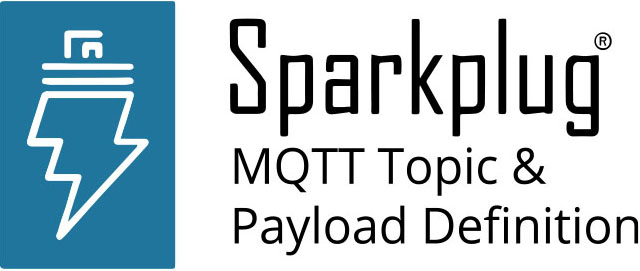
Why MQTT Sparkplug Was Developed
MQTT’s flexibility comes with a challenge — interoperability. Its co-inventor Arlen Nipper writes:
“By leaving the namespace and payload open, everyone can optimize MQTT for their application at hand. That’s why MQTT is so prevalent in marketing today: because it is great — but it isn’t enough to do anything without further definition. Both the good and the bad thing about MQTT is, you can publish anything you want on any topic. Without those definitions, we are not able to get the interoperability necessary to bridge the gap from OT to IT.”
– MQTT and Sparkplug 3.0: The Future of Industrial OT-IT Integration
Sparkplug has emerged as the solution, addressing the issue of disparate MQTT devices and software components and providing a plug-and-play solution. As stated in the Eclipse Foundation Business Brief:
“While the MQTT messaging protocol has long served as a lightweight, publish-subscribe messaging transport mechanism for data collection at the edge, this transport capability alone falls short in delivering organized and refined data that businesses can effectively leverage.”
– Beyond MQTT: How Sparkplug Transforms Raw Data Into Business Value
MQTT is stateful by nature, but it doesn’t ensure that all data on a receiving MQTT application is current or valid while Sparkplug has built-in mechanisms to do just that.
What Are the Advantages of Sparkplug B?
The Sparkplug B specification provides benefits that add up to a single source of truth for models, assets, and tags at the origin. It defines a standard MQTT topic namespace, payload, and session state management for industrial applications.
MQTT Sparkplug vs. MQTT
Here’s why, in lots of IIoT use cases, MQTT Sparkplug has several advantages over vanilla MQTT:
- Standardized data format (topic namespace, payload): Offers a standardized data format tailored to industrial data, ensuring consistency and ease of implementation. Among the data types are Templates, through which you can build consistent and standardized data models you can replicate easily.
- Provides context and data modeling: Defines an OT-centric extensible process variable payload. Sparkplug adds context like name, value, timestamp, data type, engineering units, description and other custom properties as required. Such context makes data meaningful for the entire enterprise.
- Extremely lightweight and efficient: Optimizes data transmission and processing. Sparkplug supports Protobuf (Google’s language-neutral, platform-neutral, extensible mechanism for serializing structured data). Protobuf transfers data in binary format, which is much more efficient than text-based formats like XML or JSON.
- State Management: Leverages MQTT inherent mechanisms to meet the specific needs of IIoT applications. Sparkplug enhances state management for real-time, mission-critical applications by providing detailed information about device states, enabling more informed actions. Key mechanisms include:
- Birth and Death Certificates: Messages that devices send to announce their online status or disconnection from the network.
- Report by Exception: Transmits only relevant changes in data, reducing unnecessary traffic.
- Bidirectional Command and Control: Allows for interactive control and data exchange.
- Store & Forward: Prevents data loss by storing data during communication disruptions.
- Auto-Discovery: Defines an OT-centric topic namespace for auto-discovery, which enables plug-and-play architecture. All participants settle on a common format for receiving, publishing, and interpreting data. The specification allows bringing in data from non-MQTT devices as well as data from protocols like OPC UA, OPC DA, DNP or Modbus and converting it into Saprkplug messages. New data sources become immediately discoverable to other system components, and these data sources can become a single source of truth upon which the entire system can act.
- Sparkplug Templates: Defines models/assets from the edge. The Sparkplug “template definition” allows messages to define data models and be used many times. Sparkplug Templates are a powerful solution when combined with N3uron’s Templates (as explained in this article’s final section).
- No Vendor Lock-in: Offers flexibility and freedom of choice in implementing digital transformation solutions. By using Sparkplug, companies can easily upgrade standardized systems or swap out for another solution. Sparkplug is open source, and any software or hardware manufacturer can implement it. Moreover, they can download, run, and pass the Technology Compatibility Kit (TCK) to prove their product is fully compatible with the specification.
Sparkplug allows seamless integration of data from applications, sensors, devices, and gateways within the MQTT infrastructure. Its advantages result in interoperability, scalability, security, and simplicity. This is why it is extensively used for the Unified Namespace (UNS) — an architectural approach designed for achieving digital transformation in manufacturing.
This image is provided courtesy of the Eclipse Foundation. All rights reserved.
Sparkplug Examples – IIoT Use Cases
Here are IIoT use case examples where Sparkplug delivers real-world benefits.
Simplifying Data Management and Routing in Power Generation Plants
Energy industry assets have demanding requirements regarding security, reliability, data loss prevention, and scalability — all of which can be supported by the advantages discussed above. Operators need standardized asset templates they can replicate every time they have to onboard a new plant or site into their digital infrastructure. This demand is met by Sparkplug Templates or User Defined Types (UDTs).
In power generation plants, there can be thousands of devices generating data streams. Sparkplug’s efficient topic namespace and structured data organization simplify the management and routing of data from these numerous devices, making it easier to monitor and control the entire system. For example, by adopting MQTT Sparkplug, energy companies can ensure secure and seamless data exchange between their facilities and remote control centers, as discussed in this case study.
Edge Data Processing in Oil and Gas Exploration and Production
In the oil and gas industry, remote monitoring and control of drilling rigs, pipelines, and other equipment is essential. Sparkplug’s support for edge of network processing can be beneficial in these scenarios, as it allows for data filtering and pre-processing at the edge, reducing the bandwidth requirements for transmitting data over long distances or through satellite links.
Consider an offshore drilling platform equipped with numerous sensors monitoring various aspects of the drilling operation, such as drill bit temperature, pressure, and vibration. Instead of transmitting all raw sensor data to a central control room, which could overwhelm limited satellite bandwidth, Sparkplug enables edge devices on the platform to process this data locally. These devices can aggregate readings over time, calculate averages or trends, and only transmit significant changes or anomalies.
Efficient Energy Management of Remote Sites
Deploying an energy monitoring platform using Sparkplug allows organizations to achieve significant cost savings and operational efficiencies. Real-time visibility and accurate state management enable prompt detection of equipment issues, reducing downtime and maintenance costs. Standardized data formats and efficient transmission facilitate seamless integration and scalability, allowing easy expansion to new sites.
Moreover, actionable insights from collected data optimize energy consumption and reduce waste. This supports sustainable operations and regulatory compliance. Proactive energy management strategies, such as load balancing and demand response, further enhance efficiency and cut energy costs. Sparkplug-based platforms thus drive operational reliability, financial savings, and environmental benefits.
Optimizing Operations in the Food & Beverage Industry
In the Food & Beverage industry, IIoT devices employing MQTT and SCADA systems play a vital role in production lines. Yet the inability to organize and extract value from all the data has historically made it difficult to use it for optimizing processes.
F&B companies have successfully leveraged Sparkplug to reduce costs and improve packaging line efficiency. Implementing Sparkplug enables more precise resource tracking plus the ability to detect micro-interruptions in production lines. Leading F&B manufacturers are now implementing Sparkplug to automatically structure sensor data based on predefined machine models, streamline data outputs, and support informed decision-making.
Data-Driven Process Improvement in Manufacturing
Manufacturing operations are inherently complex, comprising multiple nested subsystems and devices from various vendors. Contextualizing the data from each IIoT device is crucial to avoid the creation of unusable data swamps. By enabling a UNS that can be applied across all devices and OEM equipment, Sparkplug helps turn raw edge data into actionable insights.
State management and automated tag propagation, which are critical in dynamic manufacturing environments, are built into Sparkplug. This frees manufacturers to focus on results rather than processes. Sparkplug, by using real-time data to optimize operations and reduce costs, boosts manufacturing efficiency and effectiveness.
Efficiency and Scalability in Wastewater Management
While the wastewater industry’s conservative approach to new technologies has created some reluctance to adopt cloud-based or integrated IIoT solutions, change is on the horizon. In addition to increasing pressure associated with regulatory issues, the industry is seeking solutions that enable more cost-effective oversight and operational efficiency.
By implementing Sparkplug, wastewater operators have experienced significant cost reductions and improved scalability. Its technical features support IIoT solution ease of use, deployment, and security. Through accurate tracking of resources, wastewater operators can minimize operating costs while leveraging Sparkplug’s plug-and-play usability to support growth.
Data Quality and Predictive Maintenance in Remote Asset Monitoring
In IIoT applications involving remote monitoring of industrial assets (such as wind turbines, pipelines, or mining equipment), data quality and reliability are crucial. Sparkplug’s support for data quality indicators can provide information about the accuracy and trustworthiness of the data received from remote assets, enabling more effective predictive maintenance strategies.
Consider a wind farm with hundreds of turbines across a vast area. Each is equipped with multiple sensors monitoring factors such as rotor speed, blade pitch, wind speed, and power output. Sparkplug’s data quality indicators can be used to assess sensor reading reliability in real-time. If a turbine’s vibration sensor starts producing erratic readings, the system can flag this data as potentially unreliable. This allows maintenance teams to prioritize investigating this specific sensor or turbine. By tracking data quality over time, patterns also emerge that indicate gradual sensor degradation or environmental factors affecting certain turbines.
Quality Control and Minimizing Downtime in Automotive Manufacturing
In automotive manufacturing plants, there are often numerous robots, sensors, and quality control systems involved in the production process. Sparkplug’s birth/death certificates and state management features can help track the operational status and health of these devices, enabling better maintenance scheduling and minimizing downtime.
For example, a robotic welding station in an automotive assembly line consists of multiple components. Sparkplug’s birth/death certificates can be used to automatically register when each component comes online and to detect when each goes offline. The state management features can continuously track the operational status of each component, such as whether the robotic arm is in motion, idle, or experiencing an error.
MQTT Sparkplug Unlocks Industrial IoT ROI
As an IIoT standard,and given its technical capabilities, Sparkplug provides a competitive solution that can boost ROI in IIoT deployments. It supports low-latency architectures, distributed intelligence, and mission-critical OT systems. Sparkplug-enabled systems reduce complexity, streamline deployment, and scale efficiently. Tangible business benefits include instant accessibility to on-the-ground data, elimination of knowledge silos, and enhanced business efficiency.
How to Deploy Plug-and-Play IIoT Infrastructures Using Sparkplug
Sparkplug is an open standard that anyone can implement as well as an ISO/IEC international standard (ISO/IEC 20237). The Sparkplug Compatibility Program — see the Sparkplug Technology Compatibility Kit (TCK) — provides integrators and end-users with an easy way to procure devices and software products that are fully compatible with the Sparkplug specification.

Deploying a plug-and-play IIoT infrastructure using Sparkplug requires Sparkplug compatible software, such as N3uron platform.
Sparkplug Compatible Software: N3uron
N3uron is a Contributing Member of the Eclipse Foundation and the Sparkplug Working Group. N3uron’s modular IIoT and DataOps platform models data and connects systems enabling sophisticated data operations and integrations with no-code or low-code configuration. Its Sparkplug Client Module is Sparkplug Compatible Software and therefore fully implements the Sparkplug specification and provides the highest level of compatibility with other software applications using the standard.
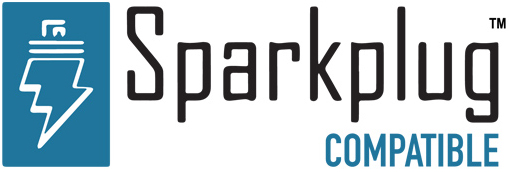
Overview of N3uron’s Sparkplug Client module
You can deploy plug-and-play IIoT infrastructures using the N3uron Sparkplug Client module. By adding this module to the N3uron platform’s inherent capabilities, you can decouple devices from applications and make data available to the entire enterprise.
With features such as report by exception, store & forward, outbound TLS secure connection, and multi-MQTT-broker support, N3uron’s Sparkplug Client module is built for efficiency, redundancy, security, and scalability.
The N3uron Sparkplug Client module enables any tag on the N3uron IIoT platform (including complex data structures such as template instances) to be published via MQTT, transforming tags into the Sparkplug MQTT Topic and Payload format and making data available to other MQTT-enabled applications and devices.
N3uron’s Templates streamline configuration. They allow users to dramatically reduce the amount of time invested in deploying a new project. By creating and using N3uron Templates, users can generate new instances to rapidly build complex data structures and communication configurations. Any changes to the template definition are then inherited by all instances, drastically saving time when making routing changes.
The combination of MQTT Sparkplug and N3uron offers a complete solution for building and scaling connected IT/OT data infrastructures that is open, flexible, and powerful enough to support the requirements of any connected application.
To start using the Sparkplug Client Module now, download N3uron.
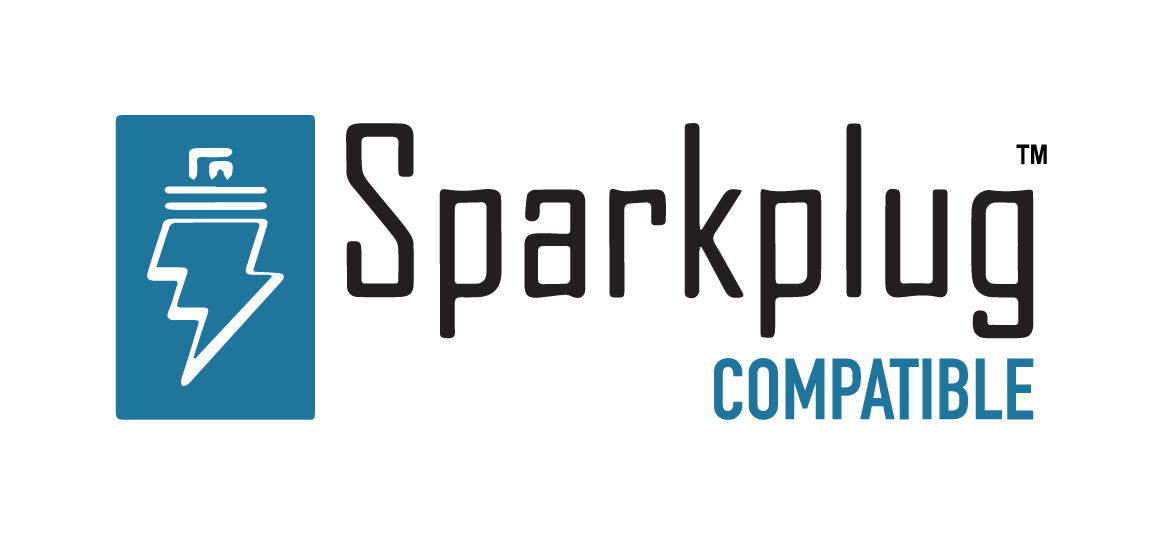
N3uron is a Contributing Member of the Eclipse Foundation and a Participant Member of the Eclipse Sparkplug Working Group to help foster standardization and innovation around the MQTT and Sparkplug protocols worldwide.

N3uron is a Contributing Member of the Eclipse Foundation and a Participant Member of the Eclipse Sparkplug Working Group to help foster standardization and innovation around the MQTT and Sparkplug protocols worldwide.
